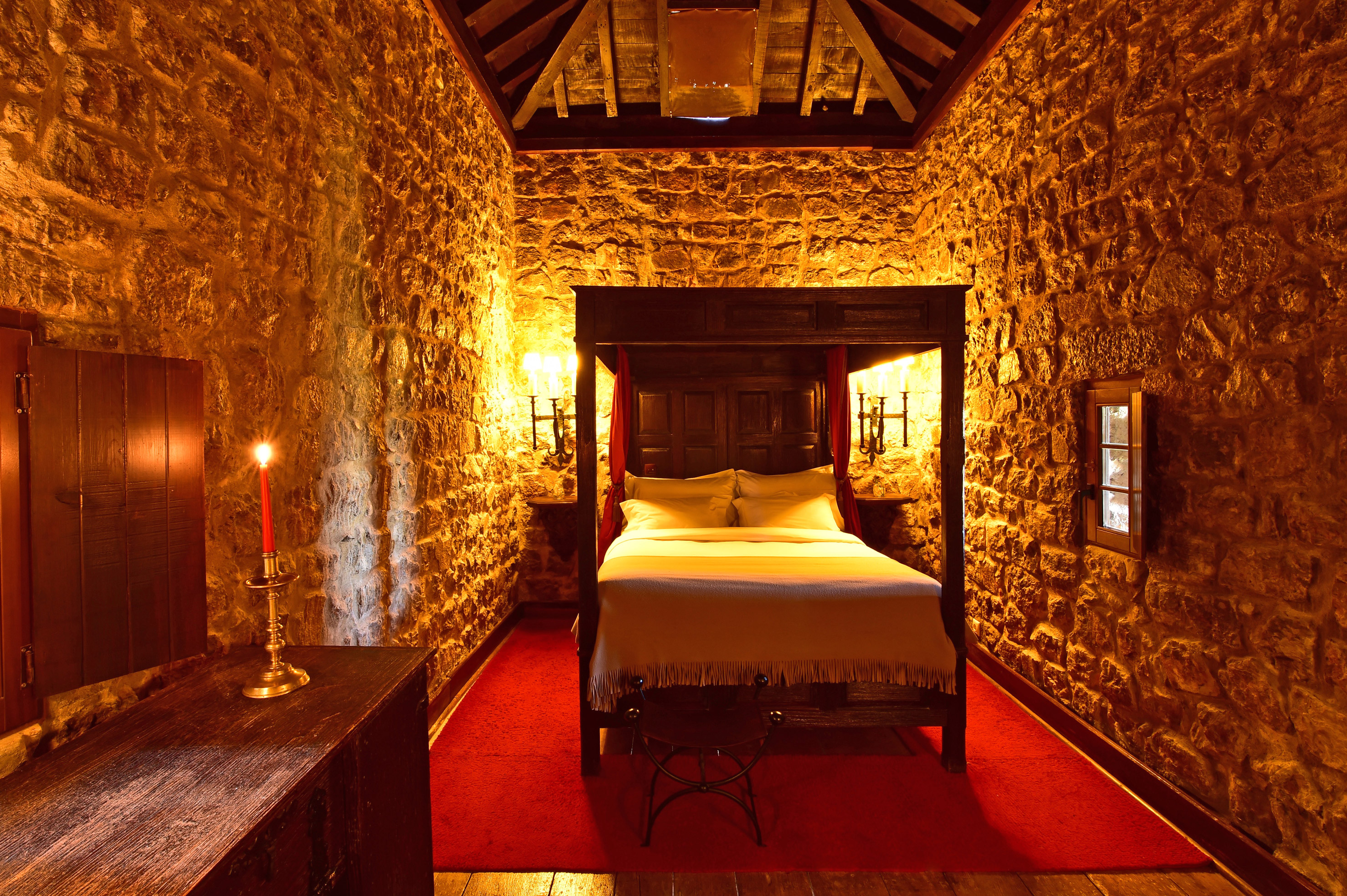Óbidos Castle, located in the town of Óbidos in Portugal, has a long and rich history dating back to Roman times, with significant developments during the medieval period. Its strategic location, atop a hill overlooking the plains and the Arnoya River, made it an important fortification throughout history.
Early Origins and Roman Influence
The original settlement on the site of Óbidos Castle can be traced back to the Celts, followed by Roman occupation. During the Roman period, the area was fortified, serving as a strategic military outpost. After the fall of the Roman Empire, the region came under Visigothic and later Moorish control.
Moorish Period
During the Moorish occupation of the Iberian Peninsula (8th–12th centuries), the castle was expanded and fortified. The Moors built significant portions of the castle walls and towers, and Óbidos became a key defensive point in the region. The fortress was part of the defensive line that the Moors established across central Portugal.
Christian Reconquest
In 1148, Óbidos was captured by the first King of Portugal, Afonso I (Afonso Henriques), during the Christian Reconquest. The town and castle became an important part of the Kingdom of Portugal’s defense system against potential Moorish or Spanish incursions. In the 13th century, King Dinis gifted the town and castle to his wife, Queen Isabel, beginning a tradition of Óbidos being included in the “Queen’s House” (Casa das Rainhas). This meant that the castle and town were given to Portuguese queens as part of their dowry, which lasted until the 19th century.
Medieval Expansions
During the 13th and 14th centuries, Óbidos Castle underwent significant renovations and expansions, particularly during the reigns of Kings Dinis, Afonso IV, and João I. The castle was rebuilt in a more solid, medieval style with thick stone walls, battlements, and towers. The construction of the castle was heavily influenced by Romanesque and Gothic architectural styles.
The castle became a royal residence and hosted many important historical events. It also served as a defense during various conflicts, including the Portuguese Civil War (1828–1834) and the Peninsular War against Napoleonic forces.
20th Century Restoration and Modern Use
In the 20th century, Óbidos Castle was restored after falling into disrepair. The Portuguese government classified it as a national monument, and extensive conservation work was done to preserve its medieval character. Today, Óbidos Castle is one of Portugal’s most well-preserved medieval fortresses.
The castle has been transformed into a pousada, a luxury historical hotel, offering visitors the chance to stay within its ancient walls. In addition to being a tourist attraction, Óbidos hosts cultural events like the Medieval Market and the Óbidos International Chocolate Festival, drawing thousands of visitors annually.
Significance
Óbidos Castle is a symbol of Portuguese medieval history and is regarded as one of the country’s best-preserved castles. Its close association with Portuguese queens and its role in various historical events have made it a cultural and historical treasure. The castle, along with the picturesque walled town of Óbidos, is a popular destination for those interested in medieval architecture, Portuguese history, and romantic settings.


















































 Room with a double bed or 2 twin beds. It has a bathroom with a shower. Maximum capacity of 2 adults. Area: 15m²
Room with a double bed or 2 twin beds. It has a bathroom with a shower. Maximum capacity of 2 adults. Area: 15m² Room with a double bed or 2 single beds. The bathroom has a shower. Maximum capacity of 2 adults. Area: 13m²
Room with a double bed or 2 single beds. The bathroom has a shower. Maximum capacity of 2 adults. Area: 13m² Room with either a double bed or 2 single beds and a balcony with a view of the castle and village. The bathroom has a shower. Maximum capacity of 2 adults. Area: 25m²
Room with either a double bed or 2 single beds and a balcony with a view of the castle and village. The bathroom has a shower. Maximum capacity of 2 adults. Area: 25m² Room with a double bed or 2 single beds, with a view of the medieval village. The bathroom is equipped with a bath. Maximum capacity of 2 adults. Area: 20m²
Room with a double bed or 2 single beds, with a view of the medieval village. The bathroom is equipped with a bath. Maximum capacity of 2 adults. Area: 20m² Room with a double bed or 2 single beds. The bathroom is equipped with a bath. Maximum capacity: 3 people. Area: 24m²
Room with a double bed or 2 single beds. The bathroom is equipped with a bath. Maximum capacity: 3 people. Area: 24m² Room with a double bed or 2 single beds and a separate seating area. The bathroom is equipped with a bath. Maximum capacity: 2 adults and 2 children. Area: 34m²
Room with a double bed or 2 single beds and a separate seating area. The bathroom is equipped with a bath. Maximum capacity: 2 adults and 2 children. Area: 34m² Room with a double bed and a separate seating area. The bathroom is equipped with a bath. Maximum capacity for 2 adults. Area: 26m²
Room with a double bed and a separate seating area. The bathroom is equipped with a bath. Maximum capacity for 2 adults. Area: 26m²


